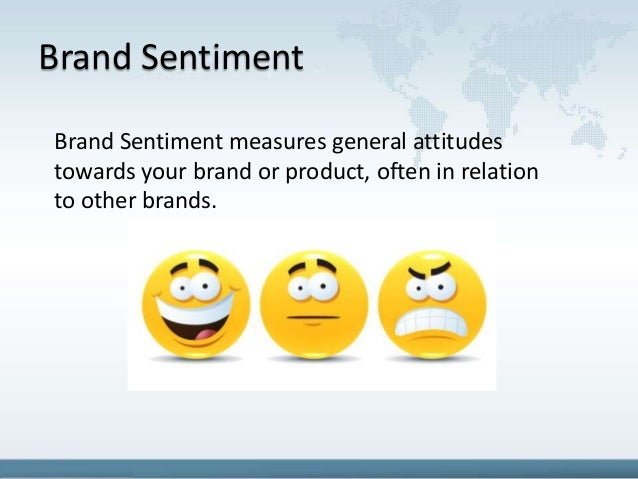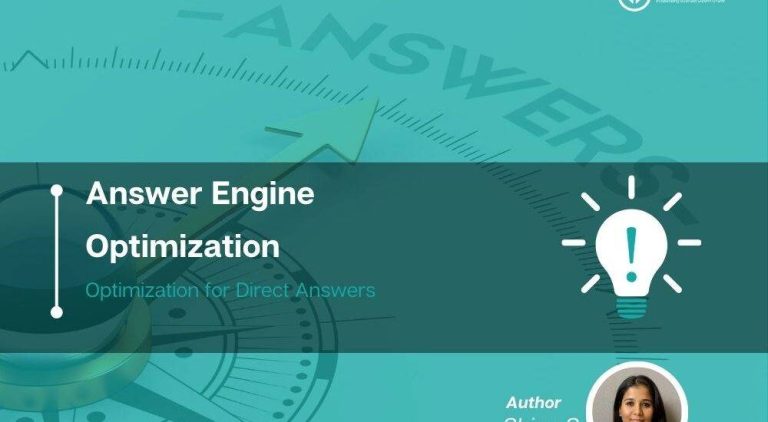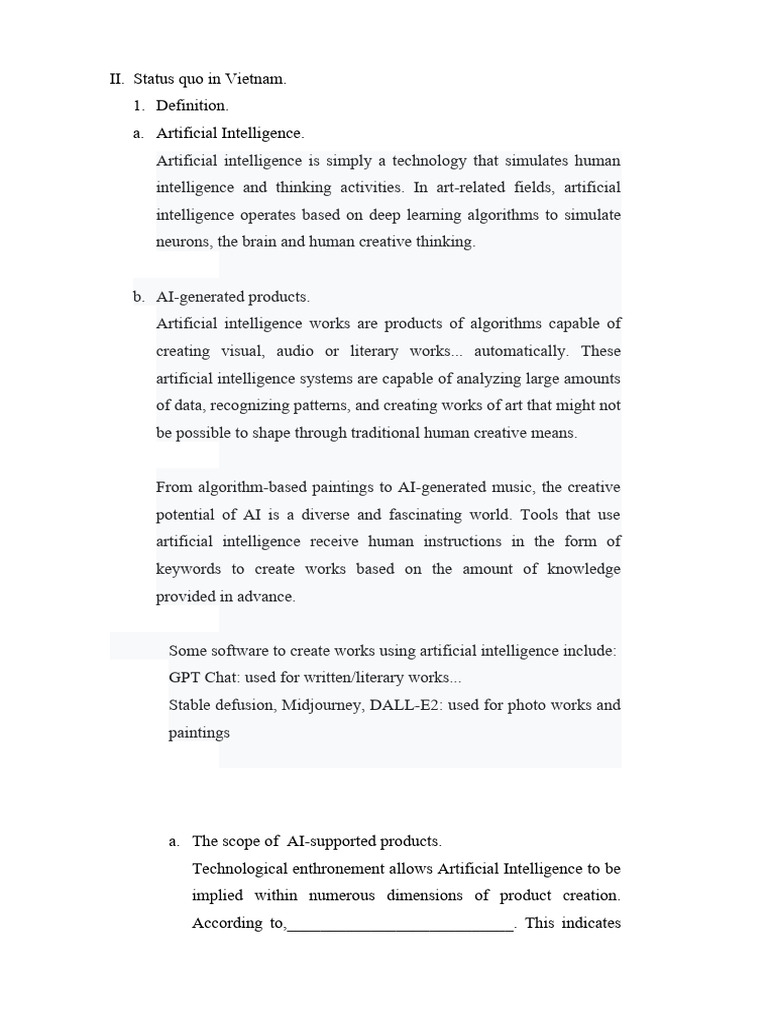
In today’s digital-first world, brands are no longer just about logos or slogans. They’re about data, insights, and the ability to connect with audiences in meaningful ways. One of the most powerful strategies for building a strong brand presence is through data partnerships. These collaborations allow companies to tap into external data sources, gain deeper customer insights, and create more relevant, personalized experiences. In this article, we’ll explore how to use data partnerships to build brand signals that resonate with your audience and elevate your market position.
What Is a Data Partnership and Why It Matters
A data partnership involves two or more organizations sharing data to achieve mutual business goals. This can include everything from customer behavior analytics to demographic insights, industry trends, and even predictive modeling. These partnerships are especially valuable in an era where consumers expect hyper-personalization and brands must differentiate themselves in a crowded marketplace.
Why does this matter for your brand? Because data is the new currency. Brands that leverage data effectively can better understand their customers, anticipate needs, and create targeted marketing campaigns that drive engagement and loyalty. More importantly, data partnerships help build brand signals—the cues that signal credibility, relevance, and trust to both customers and search engines.
For example, if your brand partners with a well-known analytics firm, you can gain access to real-time consumer insights that help shape your messaging. This not only improves your marketing strategy but also reinforces your brand as an authority in your industry.
How Data Partnerships Impact Brand Signals
Brand signals are the invisible cues that make your brand recognizable and trustworthy. They include things like consistent messaging, visual identity, and customer experience. But in the digital age, these signals are increasingly influenced by data-driven insights.
Here’s how data partnerships can enhance your brand signals:
- Enhanced Personalization: By leveraging data from trusted partners, you can deliver more personalized content, offers, and experiences. This builds stronger emotional connections with your audience, making your brand more memorable.
- Credibility and Trust: Partnering with reputable data providers or industry leaders can lend credibility to your brand. When your audience sees that you’re working with respected names, it reinforces your position as a reliable and knowledgeable player in the market.
- Improved Customer Insights: Data partnerships give you access to a broader range of customer data, allowing you to refine your messaging and target the right audiences with precision.
- Competitive Advantage: Brands that use data strategically are better positioned to outperform competitors. By understanding market trends and customer behavior, you can stay ahead of the curve and maintain a strong market presence.
Step-by-Step Implementation Framework
To effectively leverage data partnerships and build strong brand signals, follow this structured approach:
1. Define or Audit the Current Situation
Start by assessing your current data capabilities and brand positioning. Ask yourself:
– What data do we currently have?
– Are we using it to its full potential?
– Which areas of our brand could benefit from additional insights?
Conduct a brand audit to evaluate your existing signals and identify gaps. This will help you determine which data partnerships would add the most value.
2. Apply Tools, Methods, or Tactics
Once you’ve identified your needs, look for strategic data partners that align with your brand’s goals. Consider:
– Customer analytics platforms (e.g., Google Analytics, Adobe Analytics)
– Industry-specific data providers (e.g., Nielsen, Statista)
– AI-driven insights tools (e.g., IBM Watson, Salesforce Einstein)
Use these tools to gather insights on customer behavior, market trends, and competitor activity. For instance, partnering with a social listening tool like Brandwatch can help you monitor conversations around your brand and industry, giving you real-time feedback to refine your messaging.
3. Measure, Analyze, and Optimize
After implementing data-driven strategies, continuously measure their impact. Track key performance indicators such as:
– Engagement rates
– Conversion rates
– Customer satisfaction scores
– Brand recall metrics
Use A/B testing to compare different approaches and optimize your messaging based on what resonates best with your audience. Tools like Google Optimize or Adobe Target can help you run these tests efficiently.
Real or Hypothetical Case Study
Let’s say a mid-sized e-commerce brand wants to improve its market presence. They partner with a leading customer analytics platform to gain insights into user behavior across their website and mobile app. Using this data, they identify that users are abandoning their carts at a high rate during checkout.
By collaborating with the analytics provider, the brand discovers that the issue is related to a complicated payment process. They streamline the checkout flow and introduce a one-click purchase option. As a result, cart abandonment drops by 30%, and customer satisfaction increases significantly.
This data-driven decision not only improves the user experience but also strengthens the brand’s reputation as a customer-centric company. The brand becomes a go-to destination for seamless shopping, reinforcing its market presence through actionable insights.
Tools and Techniques for Data Partnerships
Here are some of the top tools and techniques to help you implement effective data partnerships:
- Google Analytics 4 – Provides advanced insights into user behavior and helps track the effectiveness of your marketing efforts.
- Salesforce Marketing Cloud – Offers robust data integration and personalization capabilities to enhance customer engagement.
- HubSpot – Combines CRM and marketing automation with data insights to help you better understand your audience.
- Tableau – Enables you to visualize and analyze data from multiple sources, making it easier to spot trends and opportunities.
- IBM Watson Studio – Leverages AI to extract insights from large datasets, helping you make data-driven decisions faster.
Each of these tools can be integrated with data partners to create a more comprehensive view of your audience and market.
Future Trends and AI Implications
As AI continues to evolve, the role of data partnerships will become even more critical. AI-powered tools can now analyze vast amounts of data in real time, identifying patterns and predicting customer behavior with remarkable accuracy. This means that brands that form strategic data partnerships will be better equipped to:
– Anticipate market shifts
– Deliver hyper-personalized experiences
– Stay ahead of competitors
In the future, we may see more predictive analytics and machine learning models being used to guide brand strategy. Brands that embrace these technologies and form strong data partnerships will be the ones that lead the market.
Key Takeaways
- Data partnerships provide access to valuable insights that help build stronger brand signals.
- Personalization, credibility, and customer understanding are key benefits of leveraging data from trusted partners.
- A structured implementation framework ensures that your data strategies are aligned with your brand goals.
- Tools like Google Analytics, Salesforce, and Tableau can help you collect, analyze, and act on data effectively.
- The future of branding will be driven by AI and predictive analytics, making data partnerships more important than ever.
Meta Title: How to Leverage Data Partnerships to Strengthen Your Brand’s Market Presence
Meta Description: Discover how data partnerships can boost your brand’s visibility, credibility, and market presence. Learn actionable steps to build strong brand signals through strategic data collaboration.
SEO Tags: data partnerships, brand signals, market presence, brand strategy, data-driven marketing
Internal Link Suggestions: Parameter #7: Understanding E-E-A-T in Modern SEO, Parameter #6: Optimizing User Experience for Search Engines
External Source Suggestions: https://www.google.com/analytics, https://www.salesforce.com, https://www.tableau.com









